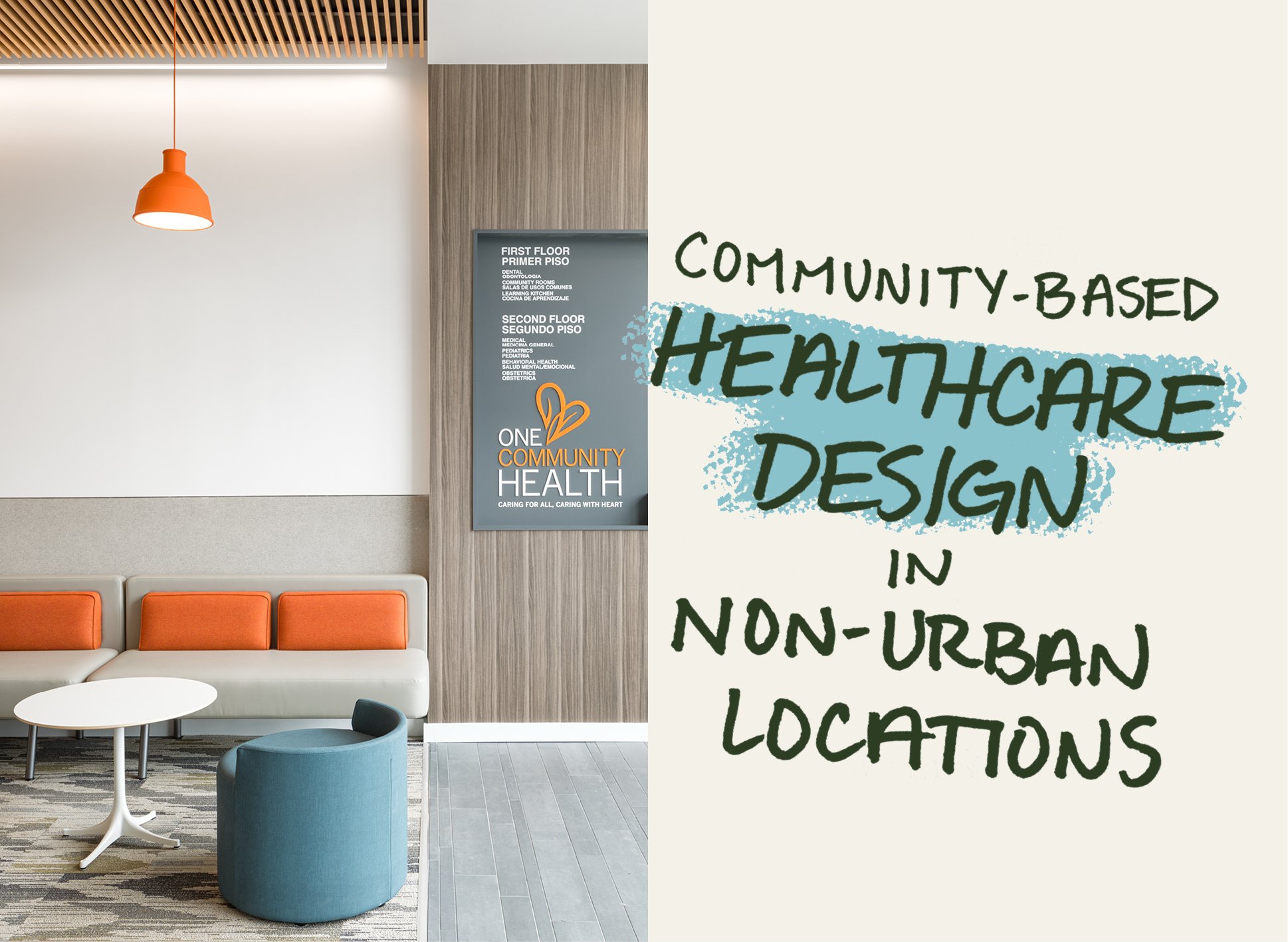More affordable housing for Northeast Portland
The Isaka Shamsud-Din building planned on the corner of Northeast 14th Place and Killingsworth Street will have 29 affordable housing units. Photo courtesy of Scott Edwards Architecture
Author
Alex Jensen
Date published
August 11, 2021
View original article
Nearly 20 years since previously tackling new construction, developer Sabin Community Development Corporation is embarking on a new affordable housing expedition.
Sabin CDC, based on Alberta Street in Northeast Portland, was formed in 1992 when neighbors started to see gentrification in the area. Its mission has been to provide long-term affordable housing options for low-income and median-income households, with a focus on Black residents.
The Harvey Rice Heritage Center project, named after Sabin CDC’s longtime board chairman, will bring a total of 41 affordable housing units to Northeast Portland. Two separate properties will gain developments; each one will be named after a local artist (Isaka Shamsud-Din and Charlotte Lewis) who has work displayed in the Portland Museum of Art.
Gentrification impacts
Much of Northeast Portland has experienced upheaval in the past decade, Sabin CDC Housing Director Loulie Brown said. Roughly 30 years ago, the broad inner area (Sabin, Woodlawn, Vernon, King, Humboldt, Boise and Eliot neighborhoods) was roughly 60 percent Black with a median income of $36,000, according to 1990 city census data. Now it’s around 71 percent white with a median income of $70,000, according to the 2019 American Community Survey and PDX Monthly.
Meanwhile, approximately 76 percent of residents in Sabin CDC housing identify as Black or multiracial and have incomes that average less than 50 percent of the median. There are even some folks that have no income, Brown said.
That reality led to the origin of the Harvey Rice Heritage Center project.
Sabin CDC was awarded low-income tax credits for the project in August 2020. Scott Edwards Architecture was then brought in to perform the design work and P&C Construction was hired as the contractor. Partnership groups Community Vision and Iron Tribe Network have also aided the project.
Folks with disabilities, Brown said, face many barriers to housing that aren’t just income-based. With an aging residential population, Sabin CDC wanted to make sure the new buildings could accommodate them.
“That’s a void that Community Vision makes a herculean effort to fill,” Brown said.
Iron Tribe will then help support people who are transitioning from group living to individual housing. Also, trauma-informed design is being used for the Isaka Shamsud-Din and Charlotte Lewis buildings.
The Isaka Shamsud-Din
A four-story, 29-unit building is planned for the corner of Northeast 14th Place and Killingsworth Street. Currently, the lot holds a two-story, nine-unit building that will be demolished. The new structure will consist of one-bedroom and two-bedroom units as well as a 1,250-square-foot community room.
The Isaka Shamsud-Din will be painted terra-cotta and have a varied board and batten exterior. It will be a more playful take on the traditional form of cladding and reminiscent of Shamsud-Din’s work, Scott Edwards Architecture architect Hayley Purdy said.
Instead of long, poorly lit corridors typically seen in affordable housing, the building will have large windows in both hallways and units, Purdy said.
The size of the community room is not typically seen in affordable housing. But Sabin CDC wanted a space that residents and community members could use for classes. It even will have a kitchen and a partition to divide the room into two spaces if needed.
“This building will feel very bright and welcoming and a place that feels special for the tenants to call home,” Purdy said.
The Charlotte Lewis complex, two three-story buildings on a lot next to Cully Park, will have a total of 12 affordable housing units. Photo courtesy of Scott Edwards Architecture
The Charlotte Lewis
Two three-story buildings–with a total of 12 units–and a courtyard will be constructed on a lot on Northeast 72nd Avenue, next to Cully Park.
The design of the Charlotte Lewis is more residential in nature so that it will fit in with the single-family structures of the neighborhood. The exterior will be straight edge shingles painted light gray with gable roofs.
A unique layout will be used to serve families: The first floor will have single-story apartments, while the second and third floors will hold two-story apartments. Each one will have its own private entryway on the outside.
To accommodate the layout, Purdy said the team shifted the buildings’ locations. Then team members found spots where they could place pops of pastel colors from the Charlotte Lewis palette.
Project challenges
Like any affordable housing project, many needs had to be met in order to land the tax credits and accommodate groups involved. However, the Isaka Shamsud-Din building, in particular, is a bunch of puzzle pieces coming together, Purdy said.
Two months into design and schematics, the team learned a two-foot dedication was required along 14th Place and a three-foot one on Killingsworth Street.
“Unfortunately, we found out about the dedications after the owner had committed to the number of dwelling units provided for the federal tax credits,” Purdy said, noting that once tax credits are secured for a project, its programming can’t change.
In addition, the site is also along an urban corridor. Altogether, it required the team to pull back the façade facing Killingsworth Street. That was tough, Purdy said, because especially with affordable housing there isn’t much flexibility to absorb such changes.
The Charlotte Lewis site didn’t come with any surprise dedications. Instead, its main challenge was to move an existing driveway in order to accommodate the new building’s layout.
Currently, the goal is to break ground in November or early December, Brown said.





